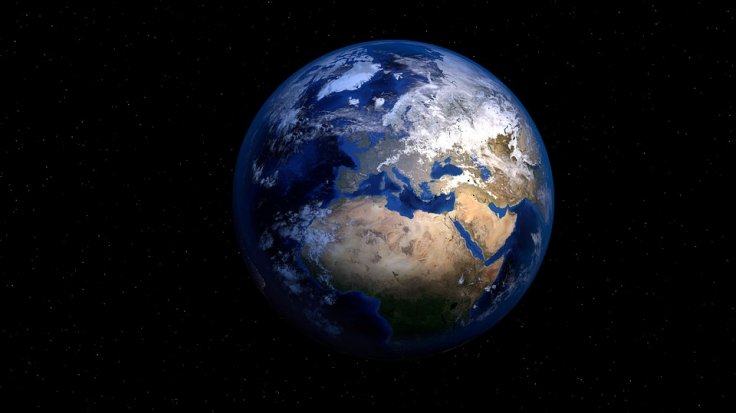
A recent discovery said that origin of life on earth dates back to as far as 3.5 billion years ago. The experts unearthed the oldest biological microfossil in Australia and reached the conclusion that life existed on earth for the last 3.5 billion years. Now, it raises another significant point - if microbial life could have formed around 3.5 billion years ago, then life itself must have started developing much before that.
To solve this puzzle, scientists have now sketched a new theory, which suggests that important chemical reactions may actually disclose the truth about life's origin on our home planet. It also states that life's elements were present here not 3.5 but four billion years ago, an ancient time when asteroids and comets were still bombarding our planet.
Apart from the question of 'when', it is equally important to know 'how' the first life forms appeared on this planet. A team of scientists from the Scripps Research Institute (TSRI) are seeking to answer just that with their innovative theory, which basically tries to figure out how life could have started on earth around four billion years ago when the ingredients needed to form life were so difficult to find. The theory was published in Nature Communications.
"This was a black box for us. But if you focus on the chemistry, the questions of origins of life become less daunting," stated senior author of the study, Ramanarayanan Krishnamurthy of TSRI.
According to this team of TSRI chemists, lifeless chemical compounds, which were present on earth at that time, might have chemically reacted in each other's presence and produced the prebiotic elements, the early signs of life.
The experts made citric acid cycle (CAC) their focal point, which is essentially an amalgamation of a bunch of chemical reactions. All living aerobic organisms discharge their energy, stocked up in their cells, by performing this cycle. It is also known as the Krebs Cycle. Some of the aerobic organisms, which require oxygen to live, also convert fats, proteins and carbs in order to produce energy.
The researchers also tried to figure out whether or not the primitive microbial life forms could develop CAC using the similar biological molecules that can be found in today's world. The TSRI researchers found out that those molecules, even if present, must have been too fragile in the early earth and the elements needed for CAC to perform properly were definitely unavailable.
So, the team of chemists listed down all the chemical reactions which can create the citric carbon cycle and then figured out that elements required for these chemical reactions were available on the ancient earth around four billion years ago.
Also Read: New study reveals dinosaurs could have actually survived the asteroid-hit
The results revealed that, although some fundamental ingredients were missing, life could have made an appearance on ancient earth. The team finally short-listed two non-biological cycles which could have kicked off the journey of a very primitive citric acid cycle together. As earth became older, biological molecules replaced the non-biological ones in the reactions and made the cycle more advanced and complex.
"The chemistry could have stayed the same over time, it was just the nature of the molecules that changed," said Krishnamurthy. "The molecules evolved to be more complicated over time based on what biology needed."









